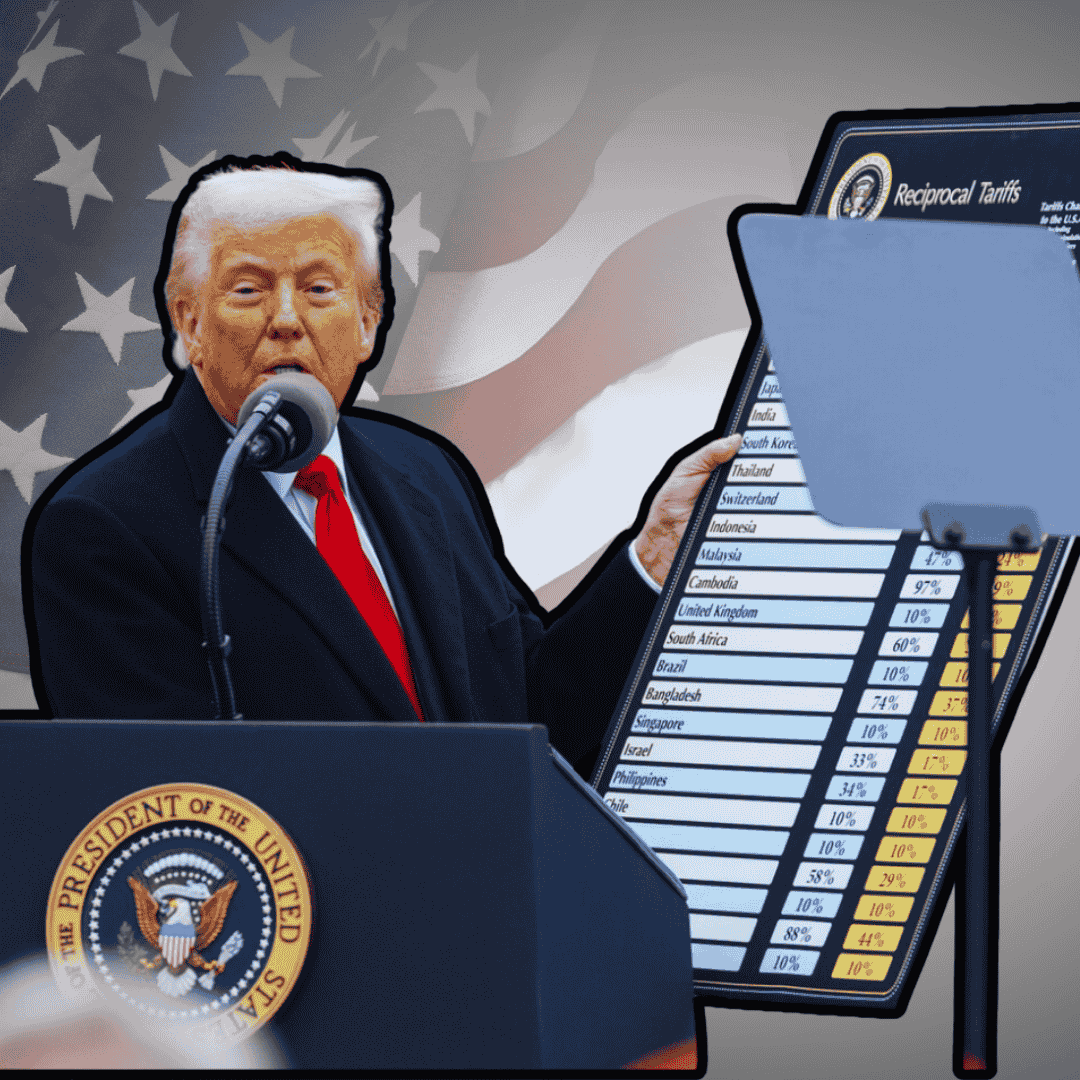
On July 8, 2025, the United States, under the leadership of President Donald Trump, announced a bold and controversial move: imposing steep tariffs on 14 countries, including allies like Japan and South Korea (25%), Bangladesh (35%), and Myanmar and Laos (40%). This decision marks a significant escalation in trade tensions, sending ripples through global markets and raising questions about the future of international trade. With the U.S. targeting both allies and developing nations, the tariffs signal a return to protectionist policies, potentially reshaping economic relationships worldwide. In this blog, we dive into the details of these tariffs, their potential impacts, and what they mean for global trade dynamics.
The Tariff Breakdown
The tariffs vary by country, reflecting a strategic approach to addressing trade imbalances, national security concerns, or geopolitical leverage. Key details include:
- Japan and South Korea: Both nations, long-standing U.S. allies, face a 25% tariff on their exports to the U.S. These countries are major players in industries like automotive, electronics, and technology, making the tariffs particularly impactful.
- Bangladesh: A 35% tariff has been imposed, targeting a nation heavily reliant on its garment industry, which could face significant economic strain.
- Myanmar and Laos: These Southeast Asian nations face the highest tariffs at 40%, likely reflecting concerns over human rights, governance, or strategic competition in the region.
This tiered structure suggests a deliberate attempt to balance economic pressure with geopolitical signaling, but the inclusion of allies like Japan and South Korea has raised eyebrows.
Why Now? The Context Behind the Tariffs
The decision to impose these tariffs aligns with President Trump’s long-standing “America First” economic agenda, which prioritizes domestic industries and reducing trade deficits. The U.S. trade deficit with countries like Japan and South Korea has been a point of contention, with American policymakers arguing that these nations benefit disproportionately from access to U.S. markets. Similarly, Bangladesh’s textile exports and Myanmar’s emerging trade presence have drawn scrutiny for labor practices and market competition.
Geopolitical factors also play a role. The tariffs on Myanmar and Laos may reflect U.S. concerns over China’s influence in Southeast Asia, as both nations are part of China’s Belt and Road Initiative. By targeting these countries, the U.S. may be aiming to curb China’s regional dominance indirectly. However, penalizing allies like Japan and South Korea risks straining diplomatic ties at a time when global cooperation is critical.
Economic Impacts on Targeted Countries
- Japan and South Korea: As major exporters of cars, semiconductors, and consumer electronics, these countries could see reduced competitiveness in the U.S. market. For example, Japanese automakers like Toyota and Honda may face higher prices for U.S. consumers, potentially reducing demand. South Korea’s tech giants, such as Samsung, could also see profit margins shrink.
- Bangladesh: The garment industry, which accounts for roughly 16% of Bangladesh’s GDP, relies heavily on U.S. markets. A 35% tariff could lead to job losses and economic instability, particularly for low-income workers.
- Myanmar and Laos: Both nations, with less diversified economies, face severe challenges. The 40% tariffs could deter foreign investment and exacerbate economic struggles, particularly in Myanmar, which is already grappling with political instability.
Global Market Ripples
- Increased Costs for Consumers: Higher tariffs often translate to higher prices for imported goods. U.S. consumers may face increased costs for electronics, clothing, and vehicles.
- Supply Chain Disruptions: Companies reliant on imports from these 14 countries may need to reconfigure supply chains, potentially shifting to alternative markets or domestic production, both of which involve significant costs.
- Retaliation Risks: Affected countries may impose counter-tariffs, as seen in past trade disputes. For instance, Japan and South Korea could target U.S. agricultural exports or tech products, escalating into a broader trade war.
Market Volatility: Global stock markets, particularly in Asia, have already shown signs of unease, with reports of declines in indices like Japan’s Nikkei and South Korea’s KOSPI following the announcement.
Geopolitical Implications
The inclusion of allies like Japan and South Korea in the tariff list risks straining key alliances. These nations are critical partners in countering China’s influence in the Indo-Pacific and maintaining stability in the region. Alienating them could weaken U.S. diplomatic leverage at a time when unity is needed to address global challenges like climate change and security threats.
Moreover, the tariffs could push targeted nations closer to China, which has been expanding its trade networks through initiatives like the Regional Comprehensive Economic Partnership (RCEP). This could inadvertently bolster China’s economic dominance, countering U.S. strategic goals.
What’s Next?
The international community is watching closely to see how affected countries respond. Japan and South Korea may seek exemptions through diplomatic negotiations, while Bangladesh, Myanmar, and Laos may turn to international forums like the World Trade Organization (WTO) to challenge the tariffs. Meanwhile, global businesses are bracing for uncertainty, with some already exploring alternative markets to mitigate risks.
President Trump has defended the tariffs as necessary to protect American jobs and industries, but critics argue they could backfire by raising costs and inviting retaliation. The coming months will be critical in determining whether these tariffs lead to a full-blown trade war or open the door to new trade agreements.
Conclusion
The U.S.’s decision to impose steep tariffs on 14 countries marks a pivotal moment in global trade. While aimed at addressing trade imbalances and asserting economic dominance, the move risks destabilizing markets, straining alliances, and inviting retaliation. As the world navigates this new chapter in trade tensions, businesses, consumers, and policymakers must brace for a period of uncertainty. Stay informed as this story develops, and let us know your thoughts on how these tariffs might impact the global economy.
Also read


